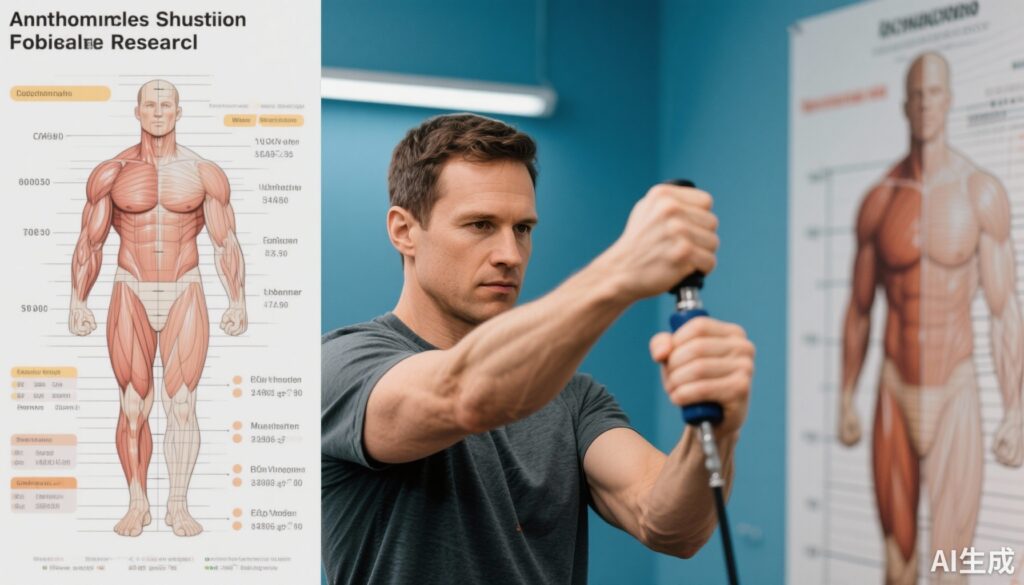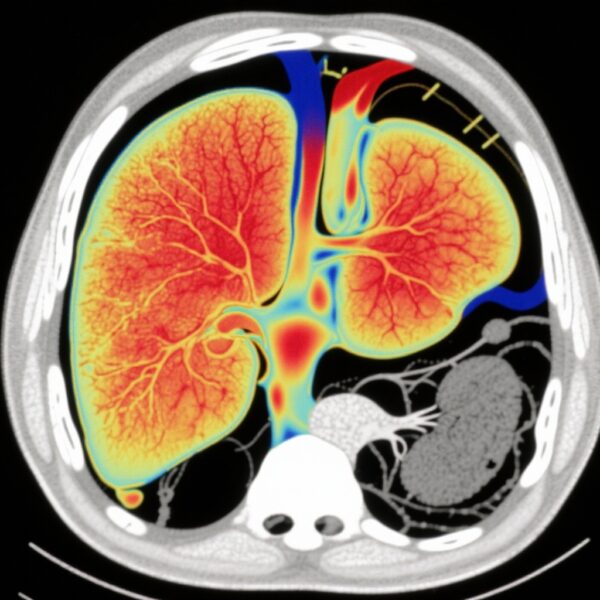Highlight
1. Increased handgrip strength is inversely associated with progression in preclinical obesity stages and obesity-induced dysfunctions.
2. Each standard deviation increase in grip strength significantly lowers mortality risk associated with obesity progression.
3. This association remains robust after adjusting for muscle volume, lean mass, and muscle-to-weight ratio.
Study Background
Obesity is a major public health concern globally, significantly contributing to chronic diseases such as cardiovascular disease, diabetes mellitus, and premature mortality. In clinical practice, interventions often target overt obesity; however, identifying and modifying risk factors during the preclinical phases before development of obesity-related dysfunction might improve outcomes. Muscle strength, particularly assessed by handgrip strength, has emerged as a reliable biomarker predictive of adverse health outcomes, including chronic disease risk and all-cause mortality. Nonetheless, the relationship between handgrip strength and the dynamic trajectories of preclinical obesity progression remains inadequately explored.
Study Design
This longitudinal observational study utilized data from 93,275 participants within the UK Biobank, a large, prospective cohort study of UK adults. Preclinical obesity was defined based on elevated body mass index (BMI) combined with at least one abnormal anthropometric measure—waist circumference, waist-to-hip ratio, waist-to-height ratio, or percentage body fat—in the absence of obesity-induced clinical dysfunctions. Participants were followed over a mean of 13.4 years. Multiple trajectory patterns of obesity progression—from baseline preclinical stages to incident obesity-induced dysfunctions and death—were modeled using a multistate statistical approach.
Grip strength was measured through hand dynamometry. The primary exposure was handgrip strength standardized to sex and age. Three trajectory models captured distinct progression states: baseline to first dysfunction, progression with single or multiple dysfunctions, and transition to death. Secondary exposure analyses included free muscle volume, total lean mass, and muscle-to-weight ratio to assess robustness.

Key Findings
During follow-up, 8,163 deaths were documented. After adjustment for demographics, lifestyle, and clinical covariates, each standard deviation increase in handgrip strength corresponded to a statistically significant reduction in risk across all trajectory stages. The strongest protective association was observed from baseline preclinical obesity to first dysfunction, with a fully adjusted hazard ratio (HR) of 0.86 (95% confidence interval [CI], 0.85–0.88). This suggests a 14% relative risk reduction in progression per SD increase in grip strength.
When participants were stratified by tertiles of grip strength, those in the highest tertile demonstrated the greatest protective effect against progression and mortality. The transition from having multiple dysfunctions to all-cause death exhibited the most pronounced inverse association (HR 0.77; 95% CI, 0.70–0.84). Sensitivity analyses using free muscle volume, total lean mass, and muscle-to-weight ratio as exposures yielded consistent results, reinforcing the role of muscle mass and quality alongside strength in mitigating obesity progression and mortality risk.
Subgroup analyses by age, sex, and baseline obesity phenotype showed generally consistent protective associations. This corroborates the generalizability of grip strength as a biomarker across demographics.
Expert Commentary
This study provides compelling longitudinal evidence that handgrip strength, a simple and non-invasive clinical measure, is a strong predictor of preclinical obesity progression and mortality. The multistate modeling approach uniquely allowed assessment of transitions through intermediate stages of obesity-induced dysfunctions, which is a sophisticated method capturing the complexity of obesity-related health deterioration. The consistent findings across muscle composition measures highlight the biological plausibility, as muscle tissue is metabolically active and may influence adiposity regulation and systemic inflammation.
However, it should be noted that this observational design, while large and well-adjusted, cannot fully exclude residual confounding. Reverse causation is unlikely but cannot be entirely ruled out—lower muscle strength could be a marker of systemic ill health. Additionally, the study population mainly includes middle-aged adults of European descent, which may limit extrapolation to other ethnicities or age groups.
Integration of handgrip strength into routine cardiovascular and metabolic risk assessment could be beneficial, particularly as an early indicator of obesity progression risk. Interventions focusing on muscle strengthening and maintenance might offer valuable prevention strategies during preclinical stages.
Conclusion
This analysis of the UK Biobank cohort demonstrates that greater handgrip strength significantly reduces the risk of progression from preclinical obesity to obesity-induced dysfunctions and ultimate mortality. These findings underscore the critical importance of muscle strength and mass preservation in obesity prevention strategies. Clinicians should consider muscle strength assessment as part of routine evaluations in at-risk populations, and public health initiatives should prioritize muscle-strengthening activities to mitigate obesity-related health decline.
Funding and ClinicalTrials.gov
No specific funding disclosures reported in the source study.
References
-
- Xu M, Li M, Zhang Y, Li L, Shen Y, Hu G. Handgrip Strength and Trajectories of Preclinical Obesity Progression: A Multistate Model Analysis Using the UK Biobank. J Clin Endocrinol Metab. 2025 Oct 15:dgaf521. doi: 10.1210/clinem/dgaf521 IF: 5.1 Q1 . Epub ahead of print. PMID: 41092288 IF: 5.1 Q1 .
<li.Shepherd JA, et al. Body composition and muscle strength in obesity management. Obesity (Silver Spring). 2017;25(2):298-310.
<li. Bohannon RW. Muscle strength: Clinical and prognostic value of handgrip dynamometry. Curr Opin Clin Nutr Metab Care. 2015;18(5):465-470.
<li. Ortega FB, et al. Muscular strength in youth and health outcomes: A systematic review and meta-analysis. Scand J Med Sci Sports. 2018;28(7):2419-2430.



